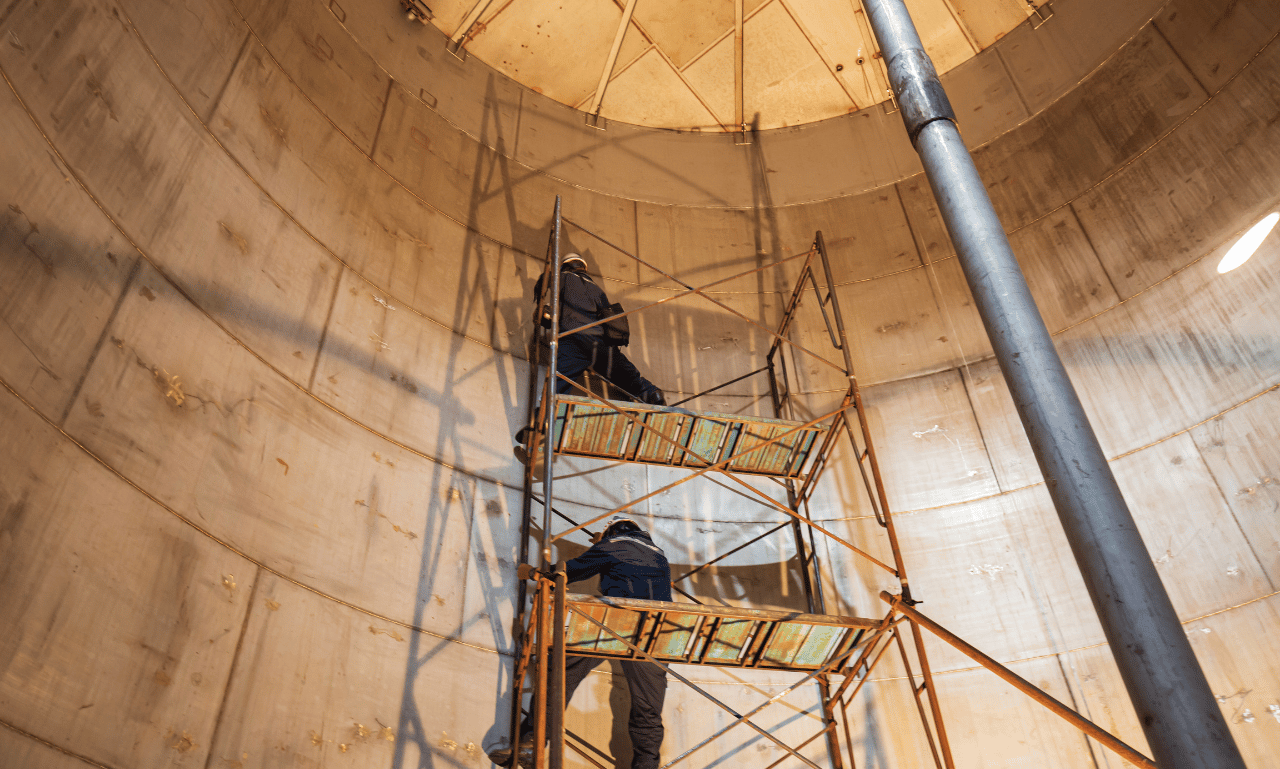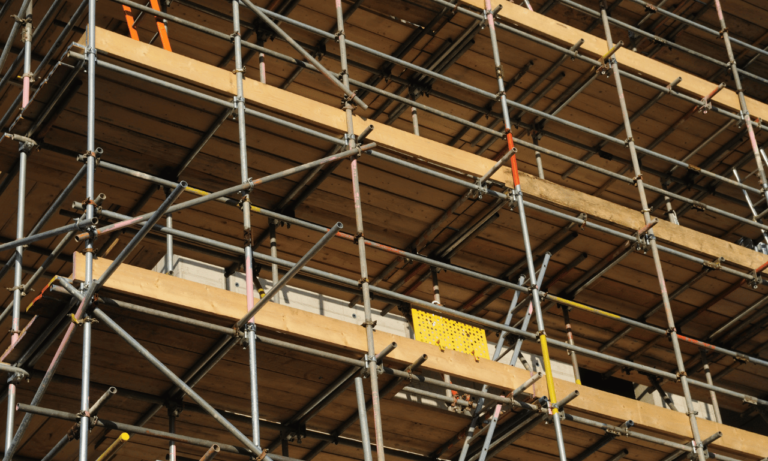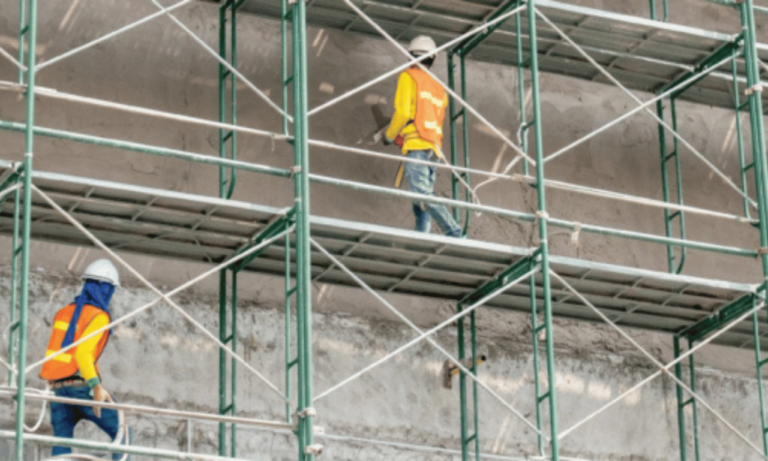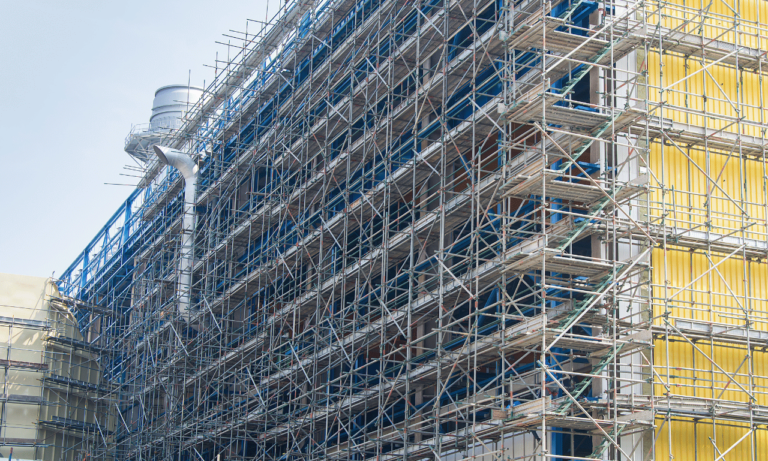Phone:
(+65)8319-0742
In industrial work environments, ensuring safe access to confined spaces is of paramount importance. Accidents that occur within confined spaces can result in serious injuries, making it crucial for employers to have the right safety equipment in place. Confined Space Entry Towers are designed to meet the stringent safety requirements set by the Occupational Safety and Health Administration (OSHA), providing workers with a secure and reliable way to enter and exit confined spaces.
Confined Space Entry Towers are specifically designed to prevent accidents and protect workers in and around confined spaces. These towers are built with a strong emphasis on accountability, ensuring that all individuals involved in the entry process – the entrant, attendant, and supervisor – are aware of their roles and responsibilities for maintaining safety. Through their innovative design and compliance with OSHA requirements, these towers offer a realistic approach to mitigating risks and ensuring the well-being of workers.
- Confined Space Entry Towers provide secure access to confined spaces in industrial work environments.
- These towers comply with OSHA regulations and prioritize accountability for the roles of the entrant, attendant, and supervisor.
- The use of Confined Space Entry Towers helps prevent accidents and protect workers in and around confined spaces.
Confined Space Training
Proper training is essential for working in confined spaces. Tower Safety offers two levels of Confined Space Training that cover a wide range of topics to ensure workplace safety.
Level 1: Entrant, Attendant, Supervisor (CSEAS) Training
Our CSEAS training provides participants with a comprehensive understanding of confined spaces, their identification, and the recognition of potential hazards. This level of training equips individuals with the knowledge and skills necessary for safe entry into confined spaces.
The training covers:
- General knowledge of confined spaces
- Identification of permit-required confined spaces
- Recognition and assessment of hazards
Level 2: Rescue Operations Training
Our Rescue Operations training is designed to prepare individuals to be compliant confined space rescuers, in accordance with OSHA standards. This level of training focuses on developing skills for safe rescue entries, effective use of rescue equipment, and proper extrications.
The training includes:
- Understanding hazard assessment in confined spaces
- Fall protection measures
- The importance of developing rescue plans
By completing our Confined Space Training programs, individuals will gain the necessary knowledge and skills to assess hazards, maintain fall protection, and execute appropriate rescue procedures in potentially dangerous situations. It is essential for workers to be adequately trained in order to mitigate risks and ensure their safety while working in confined spaces.
| Training Level | Topics Covered |
|---|---|
| Level 1: Entrant, Attendant, Supervisor (CSEAS) Training |
|
| Level 2: Rescue Operations Training |
|
OSHA Requirements and Regulations
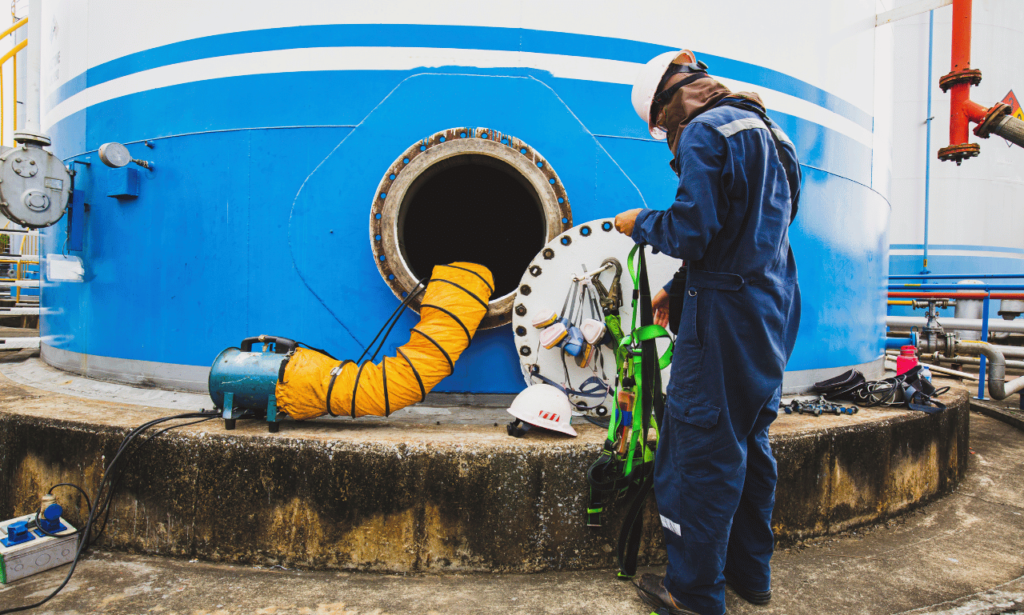
When it comes to working in confined spaces, OSHA has specific regulations and requirements in place to ensure the safety of workers. The guidelines set by OSHA in Subpart AA of 29 CFR 1926 came into effect on August 3, 2015, and are designed to prevent injuries and fatalities by identifying and isolating potential hazards in confined spaces.
According to OSHA, a confined space is defined as an area with limited means of entry and/or exit, large enough for a worker to enter, and not intended for regular occupancy. These spaces can pose serious risks due to hazardous atmospheres and other potential dangers.
OSHA’s regulations also distinguish permit required confined spaces (permit spaces), which have specific hazards that require additional measures for safe entry. Employers are required to adhere to the construction confined space rule and establish a written confined space program when workers need to enter permit spaces.
By following OSHA’s regulations, employers can ensure compliance and create a safer work environment for their employees within confined spaces. These regulations highlight the importance of having proper safety systems and protocols in place, such as a confined space entry system, to mitigate risks and protect workers from potential accidents and injuries.
Key OSHA Requirements and Regulations for Confined Spaces:
- Subpart AA of 29 CFR 1926, effective August 3, 2015
- Definition of confined spaces and permit required confined spaces
- Compliance with the construction confined space rule
- Establishment of a written confined space program
- Identification and elimination of hazards in confined spaces
- Proper safety protocols for safe entry and exit
By understanding and adhering to these OSHA requirements and regulations, employers can ensure the safety of their workers and minimize the risks associated with confined space work. Implementing a comprehensive confined space entry system that aligns with OSHA’s guidelines is essential in creating a secure and compliant work environment.
Importance of Confined Space Safety
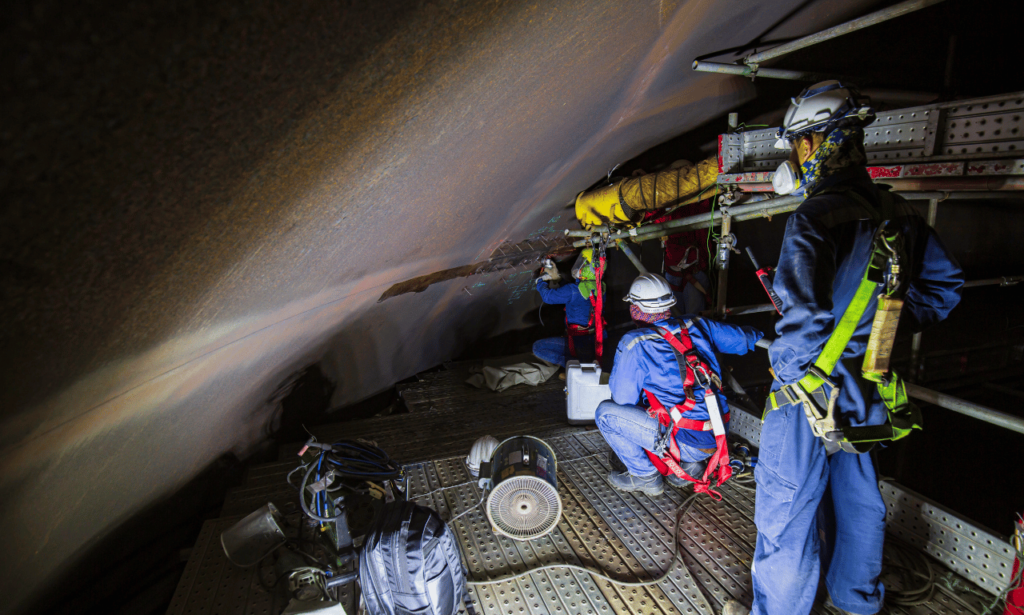
Ensuring safety in confined spaces is crucial in industrial work environments. The statistics show that approximately 80% of all confined space fatalities occur in spaces that were deemed safe to enter. This alarming figure underscores the significance of proper training and hazard assessment to prevent accidents and injuries. Employers must prioritize industrial work safety and comply with OSHA regulations to create a secure work environment.
Confined space training plays a vital role in equipping workers with the necessary knowledge and skills to identify and mitigate hazards. By undergoing comprehensive confined space training, employees learn how to conduct hazard assessments, recognize potential dangers, and execute proper rescue procedures in the event of an emergency. This training instills a safety-conscious mindset in workers, empowering them to prioritize their well-being and that of their colleagues.
One effective measure to enhance confined space safety is the use of confined space entry towers. These towers provide secure access to confined spaces, enabling workers to enter and exit safely. The towers are designed in compliance with OSHA requirements and act as a physical barrier between workers and potential hazards. By incorporating these towers into their safety protocols, employers further enhance the safety of their workers.
By implementing proper training programs and utilizing safety equipment like confined space entry towers, employers can significantly reduce the risk of accidents and injuries in confined spaces. Prioritizing industrial work safety and conducting regular hazard assessments are essential to create a safe work environment for all employees.
Benefits of Confined Space Safety Measures:
- Prevent accidents and injuries in confined spaces
- Promote a safety-conscious work culture
- Comply with OSHA regulations
- Reduce legal and financial liabilities
- Ensure the well-being of employees
Additional Safety Measures:
| Safety Measure | Description |
|---|---|
| Permit-Required Confined Space (PRCS) Program | Develop a comprehensive program outlining procedures for working in permit-required confined spaces, including permitting, training, monitoring, and rescue protocols. |
| Personal Protective Equipment (PPE) | Ensure that workers have the appropriate PPE, such as helmets, gloves, goggles, and respirators, to protect them from specific hazards. |
| Continuous Monitoring | Implement real-time monitoring systems to track air quality, temperature, and other factors that may pose risks to worker safety. |
| Emergency Response Plan | Develop a comprehensive plan that outlines the steps to be taken in case of emergencies, including evacuation, rescue procedures, and communication protocols. |
Conclusion
Confined Space Entry Towers are crucial safety equipment that provides secure access to confined spaces while ensuring compliance with OSHA requirements. The importance of proper training for working in confined spaces cannot be overstated. That’s why Tower Safety offers comprehensive training programs that cover hazard assessment, fall protection, and rescue operations.
Adhering to OSHA regulations and implementing effective safety measures in confined spaces significantly reduces the risk of accidents and injuries. By prioritizing safety and providing the necessary training and equipment, employers create a safe work environment for their employees.
Remember, safety equipment, OSHA requirements, and confined space training are essential elements in safeguarding workers’ well-being. Investing in these measures is a small price to pay compared to the potential consequences of neglecting them.
FAQ
What are Confined Space Entry Towers?
Confined Space Entry Towers are safety equipment designed to provide secure access to confined spaces in industrial work environments while meeting OSHA requirements.
How important is proper training for working in confined spaces?
Proper training is essential for working in confined spaces. It equips workers with the knowledge and skills to identify hazards, assess risks, and perform safe entry and rescue operations.
What are the OSHA requirements and regulations for working in confined spaces?
OSHA has specific requirements for working in confined spaces, including the need for a written confined space program if workers will enter permit spaces. The regulations aim to prevent injuries and fatalities by eliminating and isolating hazards in confined spaces.
Why is confined space safety important in industrial work environments?
Confined space accidents can result in serious injuries or fatalities. By prioritizing confined space safety, employers can create a safe work environment, reduce the risk of accidents, and protect the well-being of their employees.
How can employers ensure confined space safety?
Employers can ensure confined space safety by adhering to OSHA regulations, providing proper training for workers, conducting hazard assessments, developing rescue plans, and using safety equipment such as Confined Space Entry Towers.

